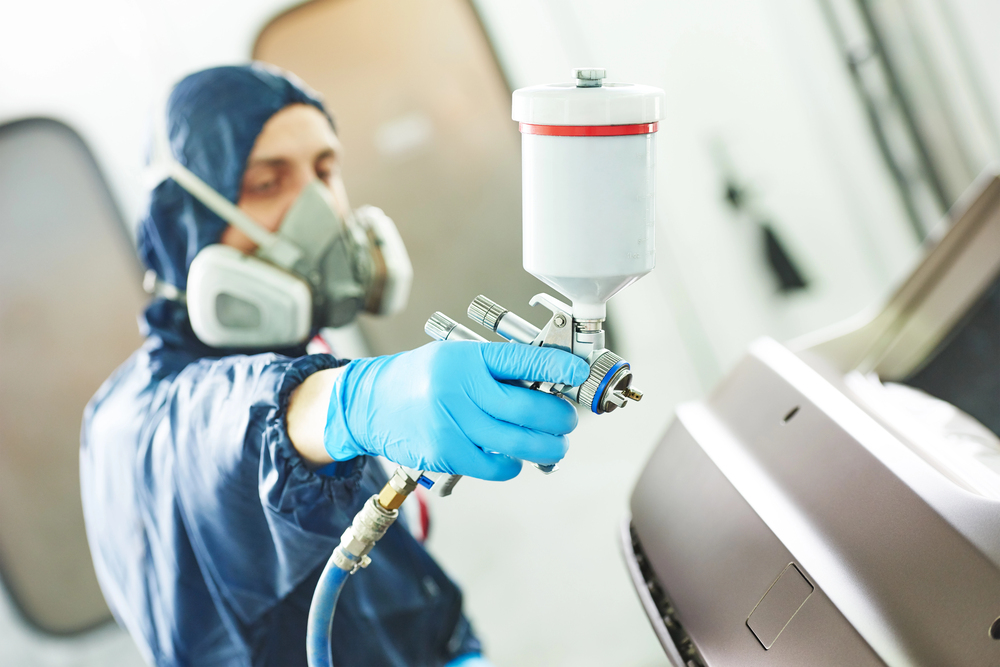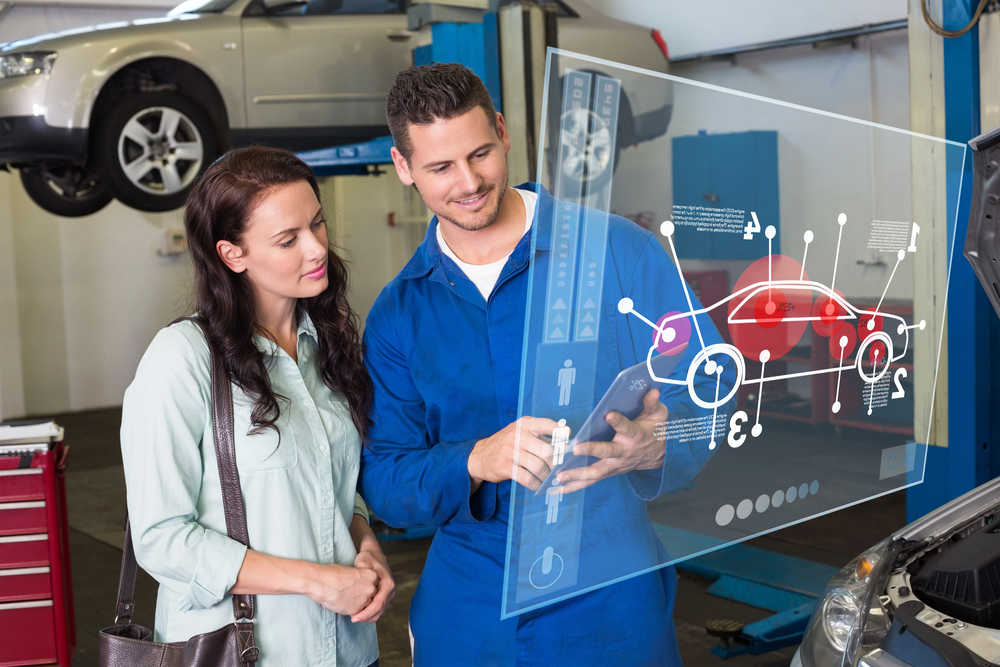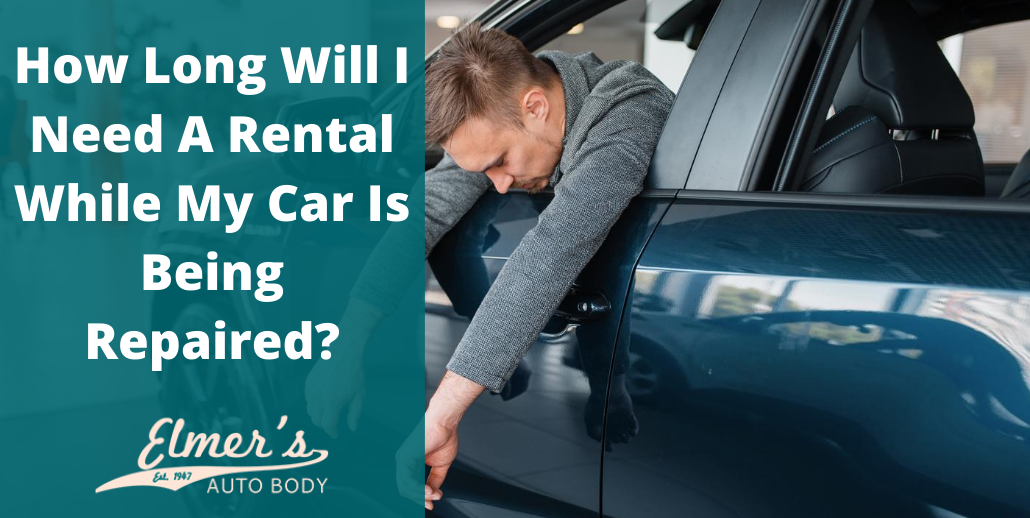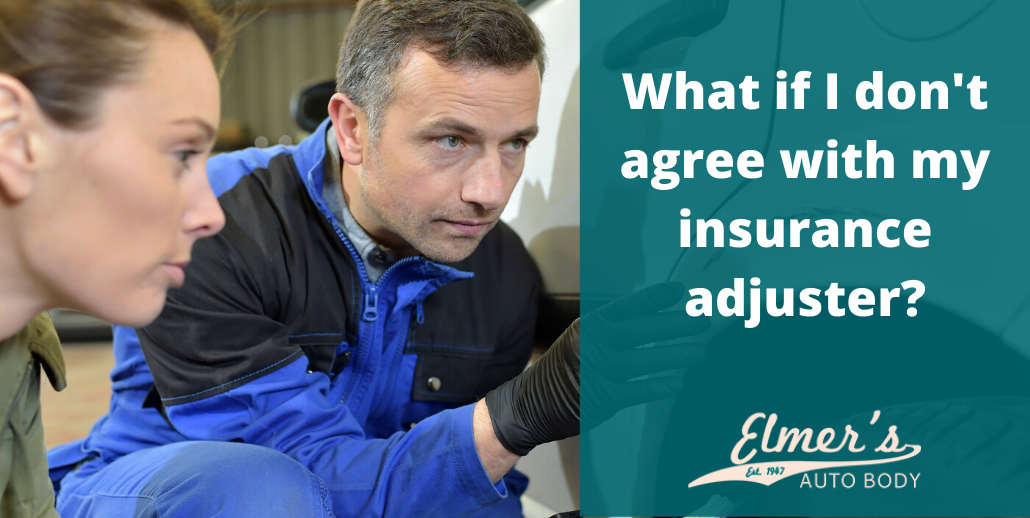Have you ever looked at an auto repair bill and thought, “Why is this so expensive?” You’re not alone. Many car owners experience sticker shock after receiving an estimate for collision repairs.
Modern vehicles are safer, more advanced, and built with cutting-edge technology, but that complexity comes at a cost. From high-tech sensors to specialized tools and eco-friendly materials, the cost of repairing today’s vehicles has risen significantly.
In this guide, we’ll break down exactly why auto body repair costs so much, what factors influence pricing, and how choosing Elmer’s Auto Body can give you peace of mind while protecting your investment.
What Makes Auto Body Repairs So Expensive?
1. Advanced Technology in Modern Vehicles
Today’s vehicles are packed with high-tech components that didn’t exist a decade ago.
- Sensors and Cameras: Modern cars feature Advanced Driver Assistance Systems (ADAS) with sensors for lane departure warnings, collision avoidance, and blind-spot monitoring—all of which need recalibration or replacement after an accident.
- Smart Headlights: High-end LED and xenon headlights can cost $1,000–$3,000 each, especially on luxury or sports cars.
- Backup Cameras: Required by law in new vehicles, these cameras must be precisely reinstalled and recalibrated to ensure safety.
Pro Tip: Choosing a certified repair shop ensures these systems are restored to factory standards
2. Complex Construction: Unibody vs. Body-on-Frame
Older vehicles used body-on-frame construction, where damage to the outer body didn’t affect the frame. Repairs were cheaper and simpler.
Modern vehicles, however, are built with unibody construction, where the body and frame are integrated.
- Stronger but Costlier Repairs: Even minor dents can affect structural integrity, requiring precise measurements, welds, and specialized materials.
- OEM Requirements: Many manufacturers mandate specific repair procedures, materials, and tools for safety and warranty compliance.
3. Safety Components Designed to Absorb Impact
Modern cars prioritize safety through crumple zones and sacrificial parts that absorb damage to protect passengers.
- Bumpers: Designed to crumple on impact, bumpers often need complete replacement—costing $500–$1,500 depending on the vehicle.
- Airbags: Once deployed, airbags and sensors must be replaced, costing $1,000–$6,000 or more.
While these features save lives, they also increase repair costs due to the complexity of replacement and recalibration.
4. High Material Costs
- Paint and Finishing: Modern auto paints are designed to be environmentally friendly but are more expensive. A multi-layer paint job can cost $500–$1,000 just for materials.
- Special Coatings: Many cars use clear coats and ceramic finishes for durability, requiring multiple layers and careful application.
Fun Fact: According to AAA, the average cost of a paint job has increased 30% over the past decade due to advancements in materials.
5. Skilled Labor and Certified Training
Auto body repairs require specialized training to meet manufacturer standards.
- Certified Technicians: Mechanics often need certifications for specific brands, like Tesla or BMW, which require advanced tools and training.
- Labor Costs: Skilled labor can cost $75–$150 per hour, depending on the region and complexity of the repair.
Why It Matters: At Elmer’s Auto Body, we invest in state-of-the-art equipment and ongoing technician training to ensure your car is repaired properly and safely.
How Auto Body Shops Determine Repair Costs
Breakdown of Costs
| Service | Cost Range | Description |
| Bumper Replacement | $500–$1,500 | Includes parts, labor, and painting. |
| Paint Job (Full Panel) | $500–$2,000 | Multi-layer paint and finishing. |
| ADAS Calibration | $200–$1,200 per sensor/system | Required for advanced driver assistance systems. |
| Frame Alignment and Welding | $600–$1,500 | Unibody repairs to restore structural integrity. |
| Airbag Replacement | $1,000–$6,000 | Includes sensors, modules, and deployment mechanisms. |
- Actual Costs May Vary: Pricing depends on vehicle make and model, extent of damage, parts required (OEM vs. aftermarket), and local labor rates.
- Consultation Recommended: Readers are encouraged to contact Elmer’s Auto Body directly at (856) 218-0202 for accurate quotes tailored to their specific repair needs.
Ways to Save on Auto Body Repairs
1. Use a Trusted Repair Shop
Shops like Elmer’s Auto Body offer free estimates and prioritize quality repairs to minimize future costs.
2. Insurance Coverage
Check if your insurance covers OEM parts or offers diminished value claims to protect resale value.
3. Consider Paintless Dent Repair (PDR)
For minor dents, PDR avoids repainting, preserving the original finish and saving money.

Why Choose Elmer’s Auto Body?
At Elmer’s Auto Body, we’ve been restoring vehicles for over 75 years—earning a reputation for quality, trust, and professionalism in South Jersey.
What We Offer:
- Certified Technicians trained in modern repair techniques.
- OEM Parts for perfect fit and durability.
- Advanced Technology for ADAS calibration and structural repairs.
- Paintless Dent Repair for cost-effective solutions.
- Warranty-Backed Repairs for peace of mind.
📞 Call Elmer’s Auto Body at (856) 218-0202 or visit ElmersAutoBody.com to schedule your free estimate today!
FAQs About Auto Body Repair Costs
- Why is labor so expensive at auto body shops?
Modern repairs require specialized tools, training, and certifications to meet manufacturer standards.
- Does insurance cover OEM parts?
Many policies cover OEM parts for newer vehicles. Check your policy to confirm coverage.
- How can I reduce repair costs?
Request multiple estimates, ask about paintless dent repair, and choose a shop with transparent pricing like Elmer’s Auto Body.
Key Takeaways
- Modern cars are safer and more advanced, but those upgrades increase repair costs.
- Factors like ADAS systems, unibody construction, and specialized materials contribute to higher prices.
- Choosing certified shops like Elmer’s Auto Body ensures quality repairs and resale value protection.
📞 Call Elmer’s Auto Body today at (856) 218-0202 for expert repairs and affordable estimates!
Disclaimer
The cost ranges provided in this article are industry averages based on national data from sources such as AAA, Carfax, and insurance repair estimates. These figures are intended for informational purposes only and do not represent specific pricing from Elmer’s Auto Body.
Key Considerations for Elmer’s Pricing:
- Actual Costs May Vary: Pricing depends on factors like vehicle make and model, extent of damage, parts required (OEM vs. aftermarket), and local labor rates.
- Consultation Recommended: Readers are encouraged to contact Elmer’s Auto Body directly at (856) 218-0202 for an accurate quote tailored to their specific repair needs.
For precise estimates and personalized service, we recommend scheduling a consultation with our expert team today!





